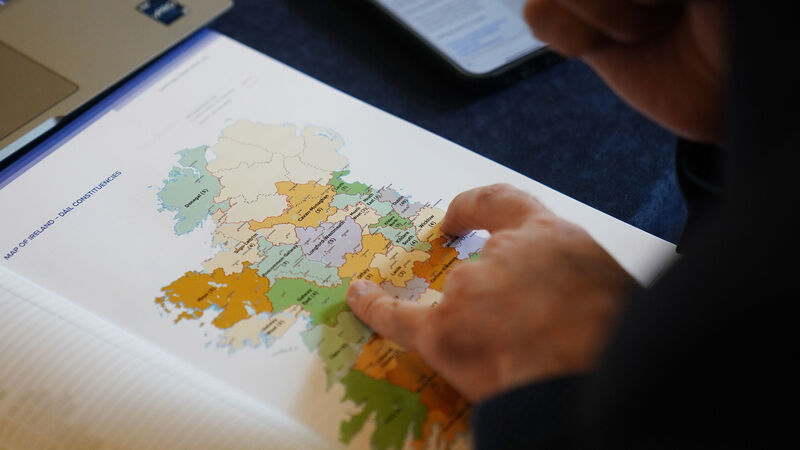Malcolm Byrne: Close to the edge — constituency challenges at the county bounds

Among the issues being considered by people poring over the new Electoral Commission report is what happens when county and constituency boundaries cross each other. Picture: Brian Lawless/PA
I thought that there would be more surprises.
Going for 174 seats in the new Dáil was closer to the minimum level of increase and the new Electoral Commission stuck pretty rigidly to its remit. As chairwoman Ms Justice Marie Baker said, it wasn’t their job to future-proof constituencies.

Geography counts in Irish elections. Voters are more likely to vote for their local candidates and that applies in general as well as in local elections.
So when the Electoral Commission report was uploaded on Wednesday morning, I could safely bet that nobody involved in electoral politics read the introduction and preamble but rather went straight to the map of their constituency.
I live in Gorey in the north of Co Wexford, about 10km from the Wicklow border.


- Malcolm Byrne is a Fianna Fáil senator.















